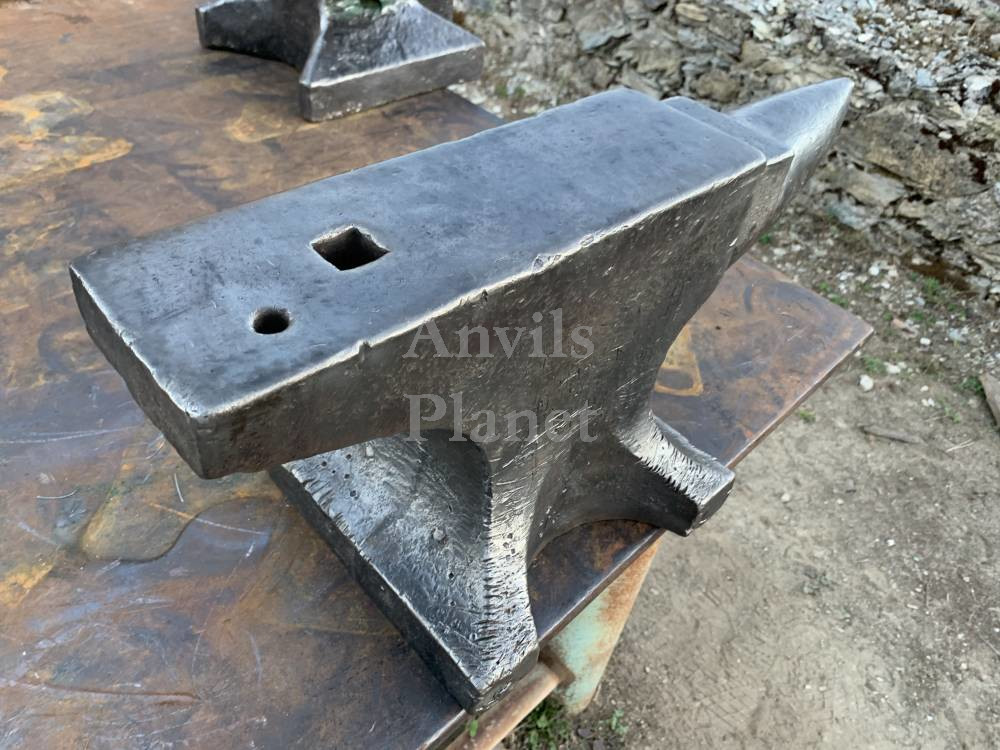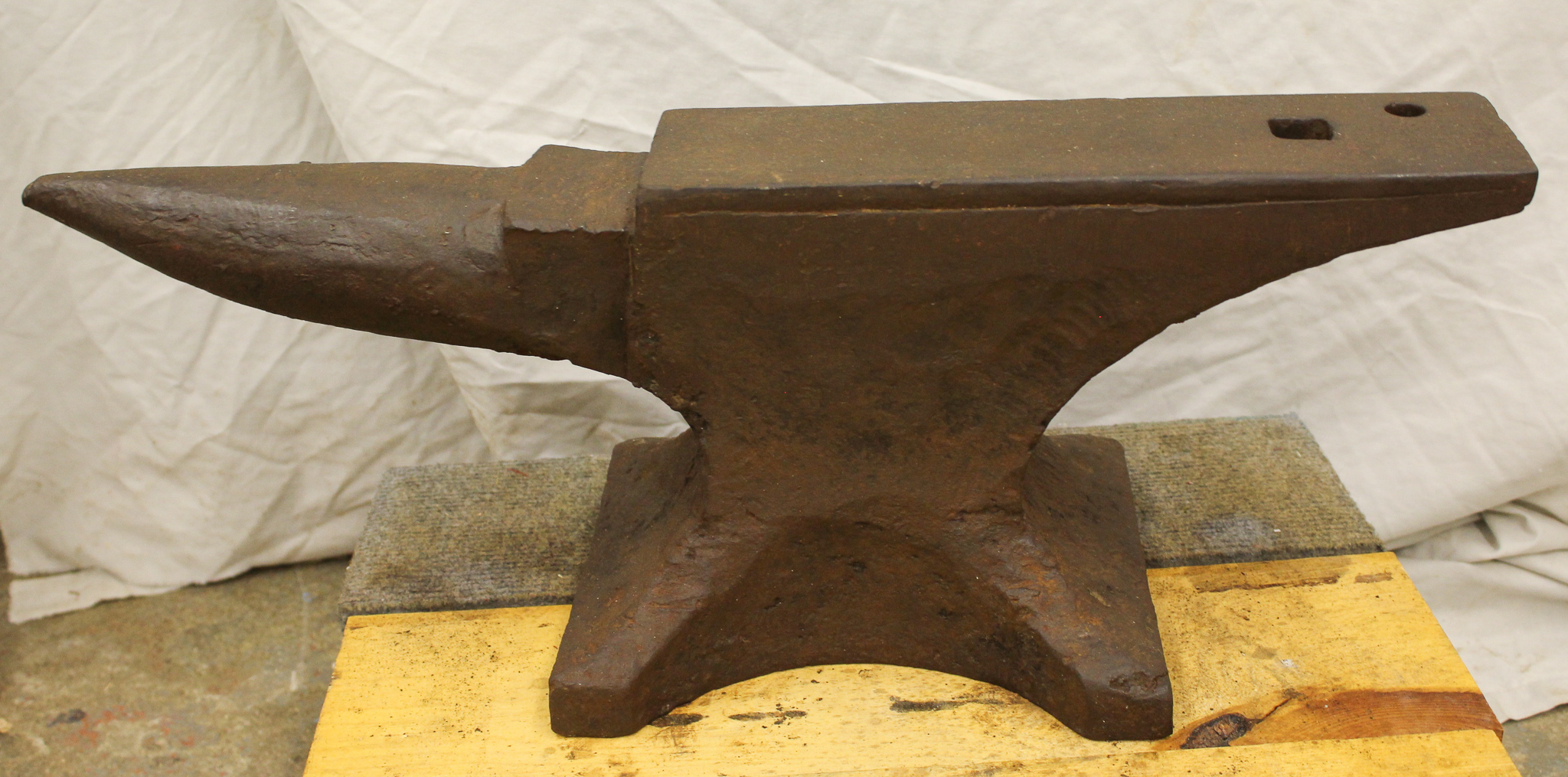
Measure the distance from the fulcrum to where you stand.ĭivide that number by the distance from the fulcrum to the center mass of the anvil.Īnvil weight times anvil distance equals your weight times your distance.Īnvil weight equals your weight times your distance divided by anvil distance. Move the fulcrum until the board balances. IF the anvil rises, then you are heavier than the anvil.
#ANVIL WEIGHT 178 OLD IRON CODE#
For example, a weight code of 2.5 would mean the anvil weighs 2. IF the board does not move the anvil is heavier than you. The weight code on anvils typically indicates the anvil’s weight in stone units.

(think teeter totter or child's balance beam) Put a fulcrum in the middle of the board. Put one scale under each end of the board. To combat the sway Peter Wright crowned their late anvils like a roadway. The scrap of the era would have some steel in it and be more rigid than pure wrought. Take two bathroom (or other) scales and a board. This resulted in an anvil less likely to break but also more likely to sway. Anyone ever seen this? Pics would help I know. Cliff Carroll Anvil Stand Custom built, strong & sturdy.Fits many different styles & makes of anvils.Instant lock down and release with 200. And, instead of running straight across the anvil at a perfect 90, it has a 45 in the middle of it, if you get what I mean. Scott asked me about machining the sway (1/16' on one side and 1/32' on the other (1.6 and 0.8 mm). While bigger is better it is also nice to be able to move your tools when needed. If it wasn't attached to the stump, I might just barely be able to take some steps with it, although I don't think I could lift it off the ground into a carrying position.Īlso, this anvil has another peculiar feature: the step has a huge drop down - about an inch and a half. The 'portability' range where a man can easily move an anvil is 100 to 140 pounds, thus the most common weight anvil. This translates into a 2 pound hammer for a 100 pound. A ratio of 1:50 hammer weight vs anvil weight is the norm. I'm a 6 foot 4, 210 pound guy, who can lift quite a lot. In all my years of attending blacksmith meetings in old time shops where the anvils were used on a daily basis for sharpening plow lays, and other work, usually 8 to 10 hours a day the anvils were in the 100 to 150 lb range.

It's on a stump, and I can lift it, just, but not move with it. Conservatively I'm going to say 50 pounds more, but I really think this thing might be quite a bit more. I know this thing is quite a bit bigger than my 150 pound Mousehole and Peter Wright. I thought about trying to balance it on a lever or some such non sense, but that seems tricky and not incredibly accurate. The only other mark I can find on it is a blob of some sort on the outside of one of the feet, but it is unrecognizable.

I'll try to get pictures up later, but for now, it has FISHER indented on one foot, some makers marks like LI III, and 4 dots stamped in the front of another foot. This weekend I picked up a Fisher anvil, but I can't for the life of me find any weight markings on it. I'd rather avoid just buying a big scale of some sort. stupid question here, but does anyone have a clever trick for weighing an anvil too large for a bathroom scale? preferably a cheap method.


 0 kommentar(er)
0 kommentar(er)
